The New York Earth Room Contains 280,000 Pounds of Dirt
This art installation has been lovingly looked after for decades by a single caretaker.
Listen and subscribe on Apple Podcasts, Spotify, and all major podcast apps.
Johanna Mayer: Hey, Amanda.
Amanda McGowan: Hey, Johanna. What’s up?
Johanna: I want to start by showing you this photo. First, maybe just describe the photo to me.
Amanda: Yeah. Okay. So we are standing behind like maybe a waist high glass barrier. And beyond that, there’s like a very large white room. The walls are empty. It’s white, high ceilings. And it looks like there’s a thick kind of layer of … At first I thought it was a carpet. It almost looks like a shag, like a thick shag carpet. But now that I’m looking at the glass, it kind of looks like, almost like concrete or asphalt or something?
Johanna: So what you are looking at is a room full of 280,000 pounds of dirt. It is in a loft in the Soho neighborhood of New York City, and it is likely worth millions of dollars.
Amanda: No way. Oh, cool. Okay. Well, I’m Amanda McGowan.
And I’m Johanna Mayer. And this is Atlas Obscura. Today, we are talking about how 280,000 pounds of dirt wound up in the middle of a very fancy neighborhood in New York City and the man who took care of it.
This is an edited transcript of the Atlas Obscura Podcast: a celebration of the world’s strange, incredible, and wondrous places. Find the show on Apple Podcasts, Spotify, and all major podcast apps.

Johanna: So, Amanda, this giant room full of dirt is actually an art installation.
Amanda: Oh, cool.
Johanna: It is called, appropriately, The Earth Room. And it is in this loft in the Soho neighborhood of New York City. And I had heard about this exhibit for years. I was always really drawn to it. I wanted to go see it. And a couple years ago, I was really close to being able to make an episode about this place. I was in touch with the caretaker of The Earth Room.
Amanda: The Earth Room has a caretaker.
Johanna: Yes. This is the person who has maintained this strange piece of art for decades, actually.
Amanda: The same guy for decades.
Johanna: Same guy., 35 years.
Amanda: Oh, cool.
Johanna: But then you know how it goes. It just kind of ran into snags. Eventually, he stopped returning my emails. So I just set it aside. But then a few weeks ago, I woke up in the middle of the night to get just like a glass of water and just sort of on autopilot pulled out my phone and opened up The New York Times app and saw an article that brought this whole thing to the forefront of my mind again. And it was that the caretaker of The Earth Room, this person who had been tending to it for 35 years, had died.
Amanda: Oh, no.
Johanna: A few months prior. It was reported a little later. So I always wanted to talk to him for an episode of this show. Never got to. But I have visited The Earth Room myself. And if you’ve never been to Soho in Manhattan, it is fancy schmancy. There are a lot of tourists there. There are a lot of influencers there. You know, it’s really classic, old, beautiful buildings with firescapes and cobblestone streets. But also now there are storefronts of Prada right across from it, you know. So I visited The Earth Room a couple of years ago. And when we got to the building, there’s a door that’s basically unmarked and a buzzer that just says “New York Earth Room.” And I was very nervous to open it. I was like, am I going to be denied going in here or something? But you do, you buzz, go up a flight of stairs, and then you enter the room. And really, the first thing that you notice when you get in there is the smell. Obviously, it’s very earthy. The air is sort of thick, tropical. It was an early fall day when I visited. So the windows when I got in there were all sort of steamed up. There was kind of a greenhouse effect. It was very vibey, very cool. And there’s also a real hush, like a real sense of silence when you walk in there. Two hundred and eighty thousand pounds of dirt does a lot to dampen the sounds of the street in the city.
Amanda: Really? Yeah, I guess that makes sense. I wouldn’t have thought about that.
Johanna: But yeah. And so of course, then you see the dirt, which is right directly on the floor, like you saw in the photo with the glass barriers that you can see inside. It’s 3,600 square feet of floor space that it covers.
Amanda: Oh, wow. That’s huge.
Johanna: It’s big. It’s like almost an entire apartment.
Amanda: That’s probably three times the size of my apartment.
Johanna: Yeah, yeah, yeah. It’s bigger than mine for sure. It’s 22 inches deep, so like almost two feet of this material. And it weighs, like I’ve been saying, 280,000 pounds.
Amanda: Oh, my God. Is it on the first floor? Or do you have to … No, you said you go upstairs, right?
Johanna: It’s on the third floor, I believe, which made me … I had never thought about building structural integrity in this way before. I mean, I guess that there’s probably like 280,000 pounds worth of things in my apartment, but I don’t know.
Amanda: That sounds amazing. I have many questions about like, where did this come from? How did this get here? Like who made this?
Johanna: Yes, yeah. So it was made by this really famous artist named Walter De Maria. He was born in 1935, died in 2013. And he was really big in the land art movement, if you’re familiar with that. He made these pieces that were just like gigantic, monumental scale. One of his most famous ones is called The Lightning Field. And that’s this enormous piece of land art at this semi-secret location in New Mexico. Whoa. But so all this to say Walter De Maria was like a lot.
Amanda: He thinks big.
Johanna: He thinks big.
Amanda: Yeah.
Johanna: And so then there’s the Earth Room, which he made in 1977 in this loft in Soho. There were actually two more before it, both in Germany, but neither of them exist to this day. This is the last one.
Amanda: Wow.
Johanna: It’s also interesting because the artist famously refused to explain the meaning behind the work, which I’m like, that rules to have lived in a time where an artist can just be like, I want to put 280,000 pounds of dirt in a loft and no one asked me to explain.
Amanda: Yeah, rock on, man.
Johanna: Rules.
Amanda: Okay. So you mentioned this is like 200,000 pounds.
Johanna: Two hundred eighty thousand pounds, Amanda.
Amanda: Two hundred eighty thousand pounds of dirt. How do you take care of something like this?
Johanna: So this is like perhaps the most hands-on work of art I can think of in terms of caring for it, and also maybe one of the few pieces of art that you can walk on.
Amanda: And he walks? Wait, can visitors walk on it?
Johanna: No, no, no, no, no, no.
Amanda: Oh, okay.
Johanna: No, only the caretaker. But he has to walk on it to take care of it. Yes, yes, because it requires a ton of monitoring the soil health, watering it, raking regularly is a huge part of it. And also sort of sorting through the soil and trying to make sure that there are no intruders like little mushrooms or grasses that are spread in there. Apparently, there was like a bunch of dragonflies hatched out of nests buried in the dirt, and then they had to deal with that in the gallery. And once a visitor apparently threw a can of black beans in there. Not good.
Amanda: Not recommended.
Johanna: Very off limits, disrespectful. But so there’s a lot of constant raking to sort of get through that and maintain the soil health. And for 35 years, this was all done by one man, whose name was Bill Dilworth. He was an artist himself who’s like an abstract painter. He knew Walter De Maria personally. And I think this is so funny, when he took this job, he was not given any real instructions on how to take care of it. He was given a photograph of what the dirt looks like when it was installed, and basically just told like, “Maintain it, please.”
Amanda: Yeah, “Take care of the dragonfly infestation whenever that arises.”
Johanna: Good luck digging out those black beans. And another really sweet thing is that his wife was also the caretaker of another Walter De Maria piece called The Broken Kilometer, which is just a few blocks away. And I read that they had this little routine where every day at 3:00, they would close their installations and meet up and go for a walk in Soho and then return at 3:30 after their break. It’s really sweet.
Amanda: What a cool life.
Johanna: Totally. He seems like one of those people who can just be interested in so many things and like a really contemplative person. One example is that I read that he would sort of mix up his raking patterns occasionally. I think the default was right to left, but then sometimes he would go left to right. And then the next week he’d go top to bottom and just see how it felt.
Amanda: Yeah. I’m picturing those zen gardens where they have the beautiful designs raked in the soil. Maybe the way he raked was reflective of what was going on in his mind that day.
Johanna: Maybe so. But on that day that I visited the earth room a couple of years ago—I know now after seeing pictures of him that he was there, I recognized him. And he was surrounded by visitors that day. Maybe they were old friends. And he was just sort of chatting and kind of holding court, it seemed. And I didn’t speak to him. And I wish I had.
Amanda: I’m just thinking about what you said about how he and his wife would like go for a walk around the neighborhood every day. And I feel like they’re, I mean, similarly, there were probably people that just sort of popped into this earth room like once a week or something, you know, like the regular. It’s just to check on the rake patterns. Okay, so Bill, unfortunately, no longer with us. Does that mean that the Earth Room is going to go away? What’s going to happen?
Johanna: Definitely not. Definitely not. So Bill was already planning to retire and he did. He retired in June of 2024. And according to The New York Times article about his death, before he left, he actually spent a month training his successor, who was someone who worked at the same art foundation that cared for Walter De Maria’s estate. Her name is Dana Avendano. She’s 28 years old. She’s an artist. And before Bill left, he apparently gave her a gift, which was a new rake. I think Bill was a tall guy. And Dana, according to this article, is four foot nine. So she can’t very well use his rake.
Amanda: Nice. That was thoughtful.
Johanna: It’s very sweet. I tried to get in touch with her. She wasn’t available for an interview.
Amanda: Yeah, she’s got a lot of dirt to take care of. She’s got her hands full right now.
Johanna: She’s currently raking, I’m sure.
Amanda: Can people still go visit? Is it open to the public?
Johanna: Yeah, totally. It’s at 141 Wooster Street in Soho in New York City. It’s open Wednesdays through Sundays, twelve to three and then again, three thirty to six.
Amanda: Rock on, Bill and Walter and Dana. I think I should say dirt on.
Johanna: Dirt on. Rake on.
Amanda: Rake on.
Listen and subscribe on Apple Podcasts, Spotify, and all major podcast apps.
Our podcast is a co-production of Atlas Obscura and Stitcher Studios. The people who make our show include Dylan Thuras, Doug Baldinger, Kameel Stanley, Manolo Morales, Amanda McGowan, Alexa Lim, Casey Holford, and Luz Fleming. Our theme music is by Sam Tyndall.


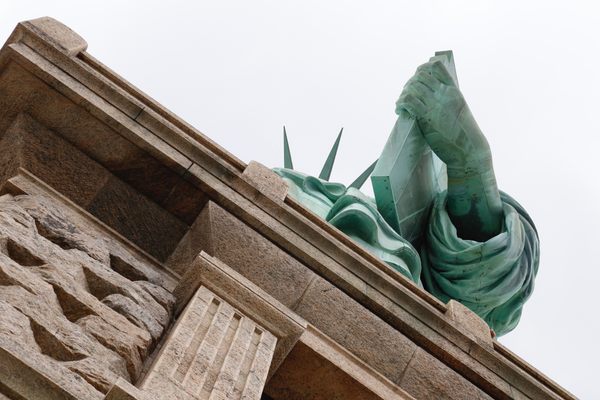



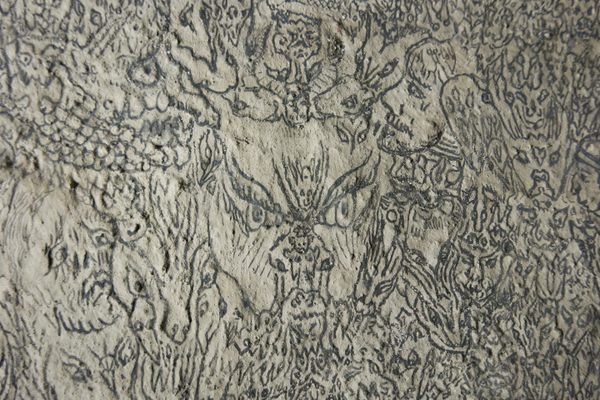


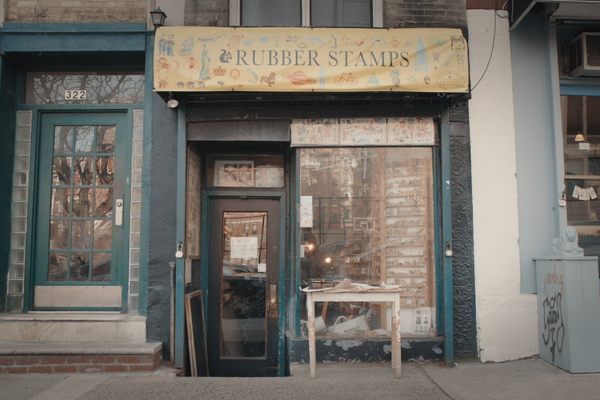

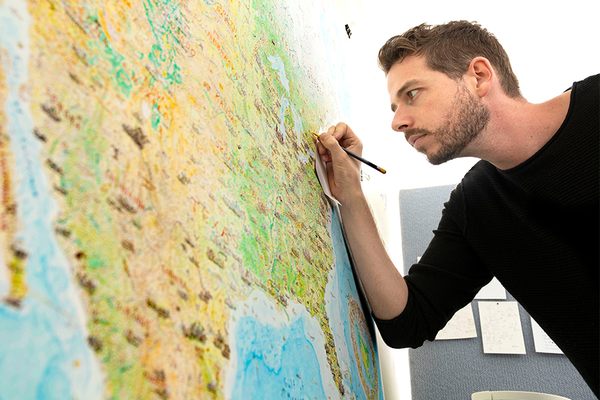

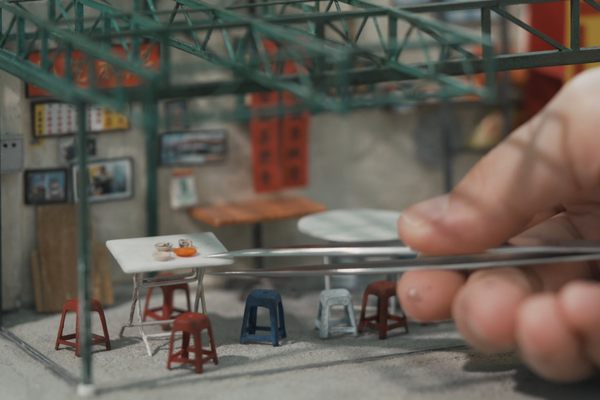

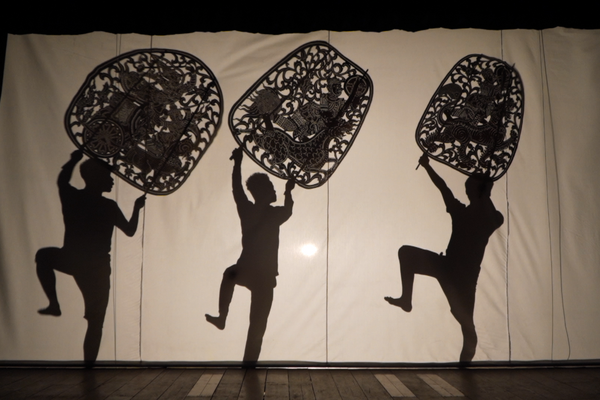
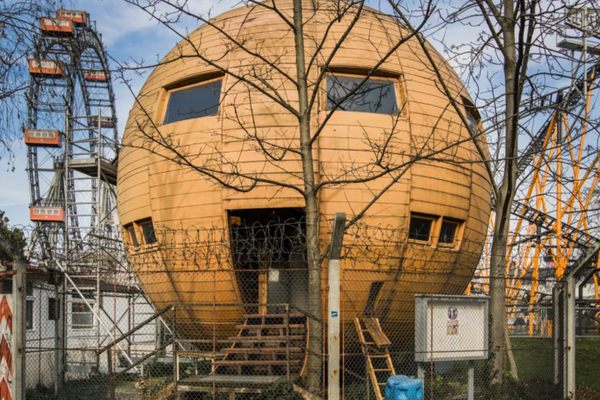
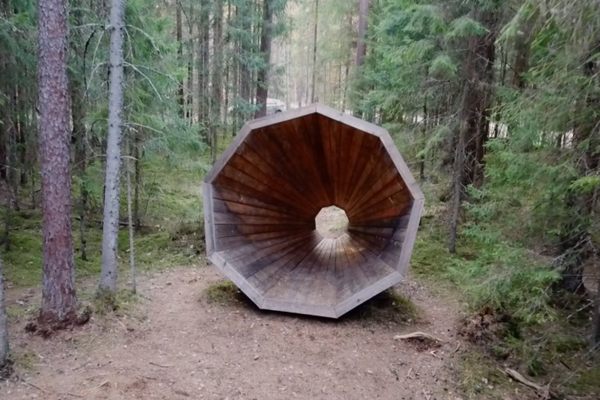


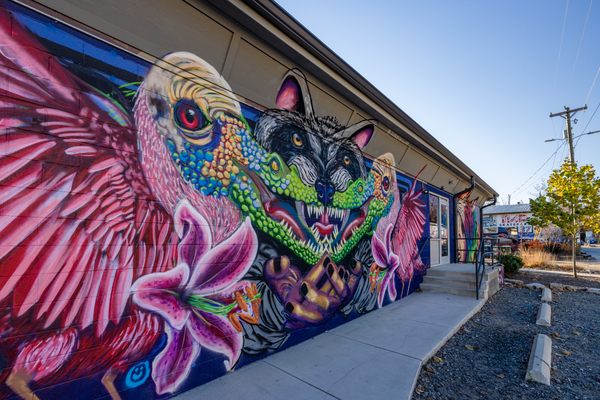
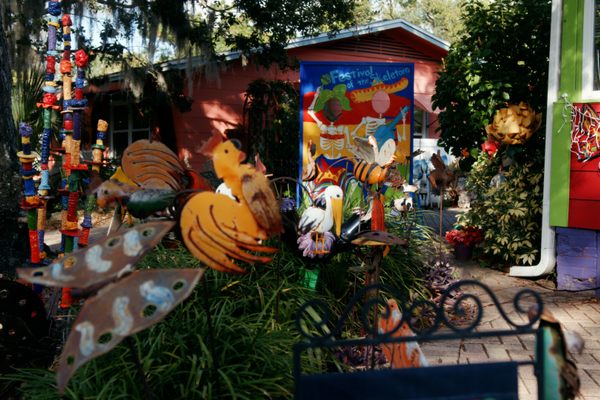

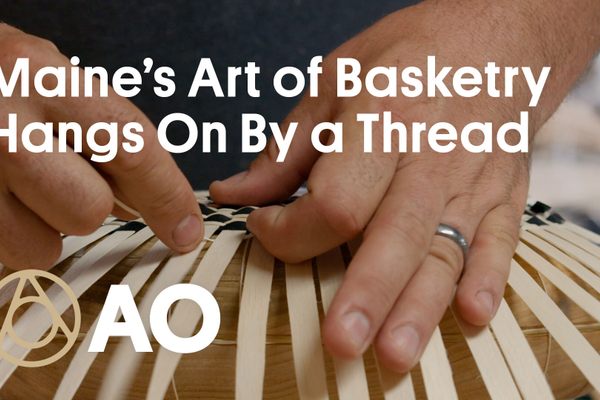
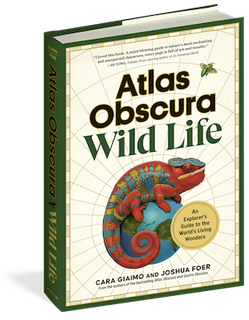

Follow us on Twitter to get the latest on the world's hidden wonders.
Like us on Facebook to get the latest on the world's hidden wonders.
Follow us on Twitter Like us on Facebook